|
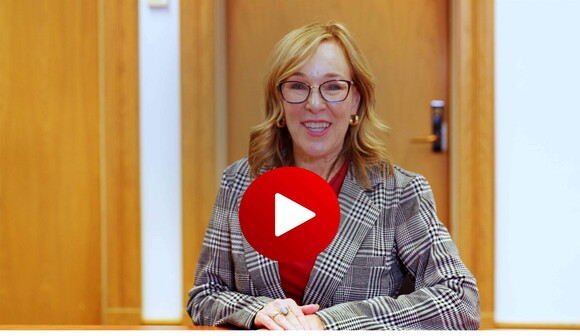

By: Samuel Martin, CEO and Head Lobbyist of S.D. Martin Consulting
The “co” in co-design indicates a collaboration between those who have traditionally been part of the programmatic design process — such as state agencies, professional providers, and other stakeholders — and individuals who have too often been left out— those with lived experience.
Public sector agencies and funders have increasingly embraced the model, but co-design’s place in the public sector remains precarious. While the term co-design is increasingly common in policy circles, policymakers have yet to establish a clear and shared definition, leaving the model open to becoming merely a public sector buzzword with little real impact. That would be a mistake. This model can help lead to the real, much-needed change that many in our community so desperately need.
Historically, decision-makers and those in power have created policies and programs in the public sector, regardless of their own experiences and background. To put it plainly, what we’ve had is a system where people who have never been in foster care, for example, design programs for those who are. The result? Programs that fail to meet the needs of those within them.
If the goal of these programs is to solve a specific problem, introducing barriers that hinder participation is counterproductive at best and at worst harmful to the population they are trying to serve. But centering lived experts at the core of program design puts the power back in the hands of those most impacted by the program — and those best equipped to understand how to make the programs work for the people they serve. Co-design restores humanity to program design and helps ensure that people determine policy, not the other way around.
It's an approach to design with the people instead of using the for-the-people model of program design we’ve relied on — largely unsuccessfully — in the past. It also helps restore trust in the system for people who have far too often been victimized by broken policies and programs designed without their needs in mind. Individuals in these systems have been burned time and again and emerge from these programs with trauma and a lack of trust in the system. And that lack of trust can create a cycle where those with lived experience avoid engaging in these programs as a matter of self-protection, and those programs continue to fail to meet the needs of the very populations they seek to serve.
The co-design process invites individuals to be part of a participatory, collaborative process that offers them real decision-making power. Instead of feeling like they’ve been invited to the table only to find that they’re sitting at the kids’ table, they are equal members of the program design process, and their voices and experiences have power. State agencies across the entire spectrum of social programs and support need to embrace co-design as a way to put the people back into policy design and help lead to real change.
|
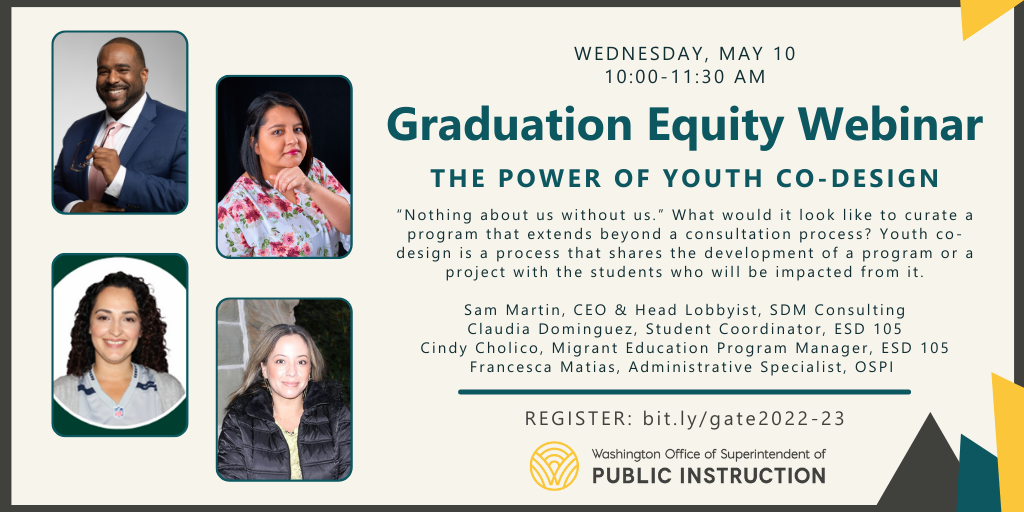
Leadership Team Activities Care Package
By: Francesca Matias, Youth Engagement Administrative Program Specialist, OSPI
Do you want your team to take a deeper look at The Power of Youth Co-design? We’ve crafted activities that take 5-10minutes, 20-30 minutes, and 90 minutes for you! Take a look at toolkits, reflection questions, and more. Check out this month’s Care Package. Please feel free to also check out this month's P-3 School Improvement Monthly Bite!
|
|
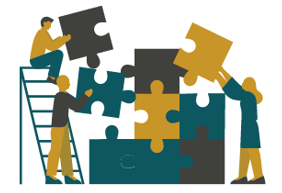
Co-design: “Nothing About Us Without Us”
What would it look like to curate a program that extends beyond a consultation process? Youth co-design is a process that shares the development of a program or a project with the students who will be impacted from it. Instead of consulting students, they are involved as curators, equals, and experts of their own lives. Co-design is not a new idea. It is rooted in the principles of participatory design. In Youth Co-design there is a share of power, you prioritize relationships, use participatory means, and build capacity.
What is Co-design?
In simple terms, co-design is a process which involves people in the decisions that will have an impact on them.
Everyone Benefits When Youth are Consulted
An effective and evidenced-based way to improve schools, nonprofits, and government
agencies is to learn from the perspective of those being served. Research has shown that giving youth a voice results in increased feelings of engagement and ownership. For example, students who believe they have a voice in school are seven times more likely to be academically motivated than students who do not believe they have a voice.
What is Youth Adult Partnership (Y-AP)?
Gathering feedback from young people and using that feedback to improve services is a best practice for all youth-serving organizations. But that only scratches the surface. Out-of-school time programs, community-based organizations, and local government agencies can all benefit from the intentional inclusion of youth in their policies, programs, and structures. Youth-adult partnership (Y-AP) is defined as a group of youth and adults working together to make decisions and take action on important issues.ii Y-AP is not a specific program model or curriculum. Instead, it is a set of principles and practices that may be applied to a wide range of settings and activities (Figure 1). Y-AP is not just about giving young people a voice, it’s about shared decision-making. In
Y-AP settings, youth are increasingly serving alongside adults as facilitators and educators, board members, researchers, media producers, community organizers, and fundraisers. Continue Reading...
|
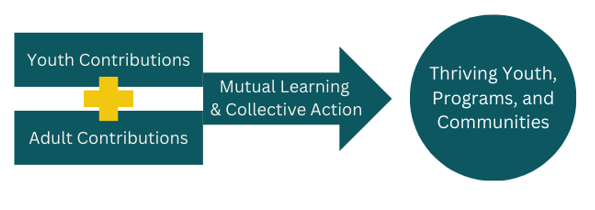
|
|
|
Researchers at the University of Washington (UW) developed a public health model for the prevention of youth substance use and misuse and other behaviors, by identifying risk and protective factors. (J. David Hawkins, 1992) Risk Factor- something that may attribute to a problem; Protective Factor- something that helps to prevent a problem. Taking a close look at youth risk and protective factors can help providers select appropriate programming and interventions. Below are School Protective Factor measures included in the Washington State Healthy Youth Survey. This data can be accessed for your specific area by visiting www.AskHYS.net.
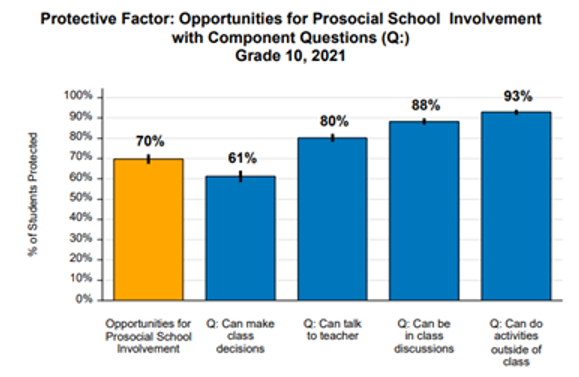
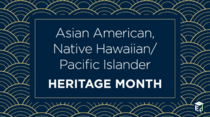
Asian American, Native Hawaiian/Pacific Islander Heritage Month
We celebrate the contributions of our AANHPI communities & continue to raise the bar in education for our AANHPI students and educators: increasing understanding, removing barriers to equity, and promoting student success.
|

Jewish American Heritage Month
The Library of Congress, National Archives and Records Administration, National Endowment for the Humanities, National Gallery of Art, National Park Service and United States Holocaust Memorial Museum join in paying tribute to the generations of Jewish Americans who helped form the fabric of American history, culture, and society. Additionally, we honor Jewish Americans, friends, colleagues, and community each and every day. Please check out these resources.
|

Mental Health Awareness Month
Mental Health Awareness Month has been observed in the U.S. since 1949. Every year during the month of May, NAMI joins the national movement to raise awareness about mental health. Together, we fight stigma, provide support, educate the public and advocate for policies that support the millions of people in the U.S. affected by mental illness.
|
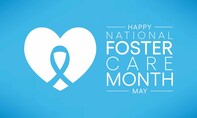
National Foster Care Month
Each May, we take time to recognize the important role that people from all parts of child welfare play in supporting children, youth, and families. This year, lets raise awareness about this year’s theme: “Strengthening Minds. Uplifting Families." More than 10,000 children and youth experienced foster care in Washington in 2022. For an opportunity to get involved join the Children’s Bureau and the Capacity Building Center for States Event on Wednesday, May 10 | 10:00 a.m.-12:30 p.m.
|
|
ALL STUDENTS PREPARED FOR POST-SECONDARY PATHWAYS, CAREERS, AND CIVIC ENGAGEMENT.
Led by State Superintendent Chris Reykdal, OSPI oversees K-12 public education in Washington state. Our mission is to provide funding, resources, tools, data and technical assistance that enable educators to ensure students succeed in our public schools, are prepared to access post-secondary training and education, and are equipped to thrive in their careers and lives.
|
|
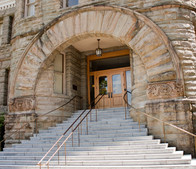 |
|
|
|
|
|